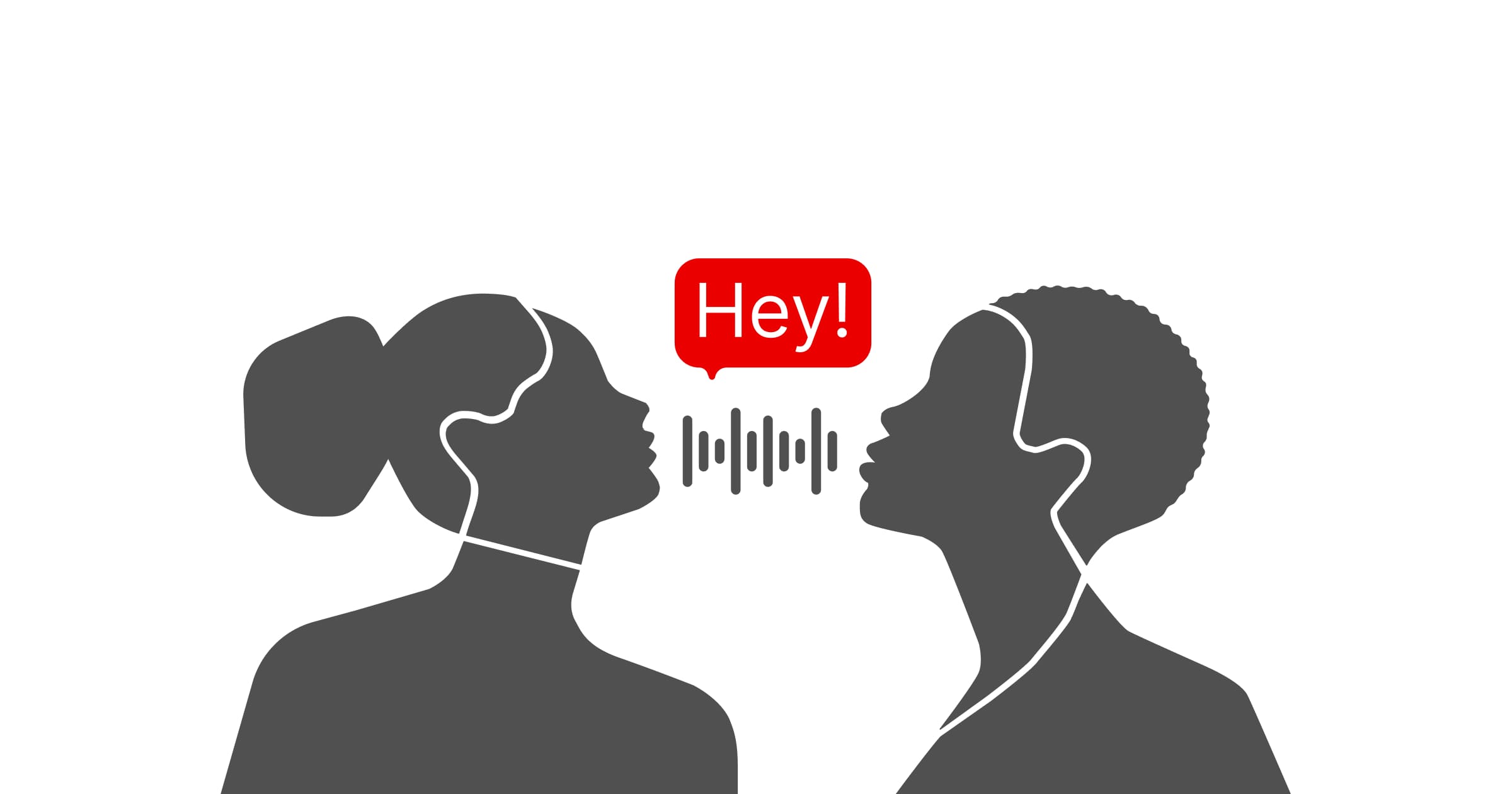Interview Transcripts Guide: 2 Easy Ways to Transcribe Interviews
Learn how to transcribe an interview and why bother with that at all.

There’s hardly a company or creator who has never done any interviews. Interviews are invaluable tools in numerous fields, including journalism, research, and business, that often brim with insights your audience craves, but video or audio formats aren’t always convenient. That’s where interview transcripts come in.
Whether you're a podcaster, YouTuber, reporter, or someone who does interviews for marketing, this article will help you achieve your marketing goals.
What is a transcript of an interview?
To make sure we’re on the same page, let’s see what an interview transcript even means. This is a written record of everything that was said during the interview. It captures the conversation verbatim, including questions asked by the interviewer and responses given by the interviewee. Transcripts can also include non-verbal cues such as pauses, laughter, or other notable sounds as well as timestamps.
Why transcribe interviews at all?
Well, data shows there are numerous reasons.
Make your recordings more accessible
Captions make videos accessible to a wider audience, including those who are deaf or hard of hearing. According to the World Health Organization, over 5% of the world's population (466 million people) has disabling hearing loss. And a survey by Consumer Electronics Association found that 50% of American adults use captions regularly, even when they can hear perfectly well, due to the convenience and enhanced understanding they provide.
Caption your video recording
Transcription software usually adds timestamps and speaker labels to transcripts, so you can convert them into video captions. There’s data that shows that videos containing captions are better perceived by people. For instance, according to the Oregon State University study , 98.6% of students find captions helpful. 71% of students without hearing difficulties use captions at least some of the time. Multiple research studies have documented that captioning videos improves comprehension, attention, and memory for the video content.
Another study found that captioned videos saw a 40% increase in views versus uncaptioned videos. Viewers were also 80% more likely to watch a captioned video until the end.
Facebook also reported that captioned videos increased view time by 12% compared to uncaptioned videos. Around 85% of Facebook videos are watched on mute, highlighting the importance of captions.
Improve SEO of your videos & podcasts
Search engines can index the text in captions, improving your content SEO and making it more discoverable. YouTube reported that videos with captions can see a 7.32% increase in views!
By adding the entire transcript to your video description, you make your content readable by search engines like Google. When your audience searches for relevant keywords, your video is more likely to appear in the search results if it has a well-written description.
You can also use transcripts as closed captions that can be uploaded with your video. Viewers can toggle these captions on or off, and search engines often index these files, improving your content’s visibility in relevant search results.
Repurpose transcripts as blog posts, social media content & guest articles
Written content is still excellent for SEO, despite the growing popularity of videos, and it can drive traffic to your business or channel. You can turn your audio and video content into texts and repurpose them as articles on your website, guest pieces in other media outlets, social media content (such as LinkedIn posts or Twitter threads), thus making each piece live longer and work for your business goals.
How to transcribe an interview: 2 ways
There are generally three ways to do that. You can manually transcribe it (which can be daunting, tedious, and time-consuming, so we won't cover this), use a text-to-speech tool if your interview is already recorded, or simultaneously record and transcribe your conversation in a special tool.
Record & transcribe your interview with Waveroom
If you want to create a transcript or summary of your interview, you can do that with Waveroom. This online recording studio powered by AI will accurately capture everything you say and create an SRT file with the transcription. Just follow these steps:
- Log in or sign up to Waveroom.
- Create a recording room by pressing +.
- Select your microphone, camera, and headphones in the Devices tab under the video preview.
4. In the AI tab, toggle on Remove Noise and Transcribe Speech. The transcription feature doesn't work unless noise removal is applied. If you want to summarise your call, also select Create Summary.
5. Click Start Meeting to begin recording your podcast or interview. If you want to test it first, opt forStart Test Record.
6. Click the Record button when you’re ready to start recording.
7. When you finish, click the Stop button to end the recording.
8. Wait a few seconds until the recording is saved.
9. Once you see the Upload Completed notification at the bottom right corner, click the X sign to leave the meeting.
10. Press the downward arrow icon and select Transcription to download the transcript. It will be saved in SRT.
11. Now open the file in any text editor of your choice.
💡The .srt file is opened in a player by default, which is no use to you. To see the transcribed recording, open the file in any text editor of your choice.
How to transcribe an interview with a transcription service
If your interview is already recorded, you can use online solutions like TurboScribe, Otter.ai, or Notta that work very straightforwardly and basically the same: you'll just need to upload your audio file and click a button to start transcription. Then, you'll get a precise transcript with timestamps that you can use elsewhere.